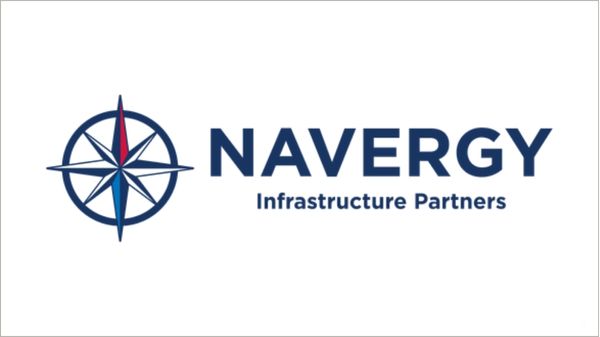
 |
Maersk reports that bunker costs increased year-on-year (YoY) by $408m in the second quarter (Q2) of 2024.
Fuel expenses in Q2 amounted to $1.85bn — a rise of 28.3% on the $1.44bn posted for the corresponding period in 2023.
Excluding the EU Emissions Trading System (ETS) effect of $28m, Maersk noted that bunker costs had risen by 26%. This was said to be partly due to a YoY growth in fuel consumption of 430,000 tonnes, or 17.7%, to 2.862m tonnes as a result of ship reroutings via the Cape of Good Hope. The second reason being the $44 — or 7.4% — uptick in the average bunker price to $636 per tonne, compared to the previous year's figure of $592.
Q2 bunker consumption for Maersk, 2020-2024
Bunker consumption in '000 tonnes.
| Year | Bunker consumption ('000 tonnes) |
|---|---|
| 2020 | 2333 |
| 2021 | 2725 |
| 2022 | 2651 |
| 2023 | 2432 |
| 2024 | 2862 |
Q2 average bunker price for Maersk, 2020-2024
Average bunker price in $ per tonne.
| Year | Bunker price ($/mt) |
|---|---|
| 2020 | 328 |
| 2021 | 475 |
| 2022 | 827 |
| 2023 | 592 |
| 2024 | 636 |
In its financial results, the Ocean division's operating earnings (EBITDA) declined YoY by $852m, or 37.7%, to $1.407bn, and profit before financial items (EBIT) fell $735m, or 61.0%, to $470m.
As regards overall group performance, Maersk posted a net underlying profit of $623m — a decrease of $723m, or 53.7%.
In its guidance for the rest of 2024, Maersk said a $100 change in the price of bunker fuel would lead to the group's EBIT varying by $0.2bn.

|
Pilot LNG rebrands to Navergy Infrastructure Partners as it expands beyond marine fuels
Houston-based company changes name to reflect broader energy infrastructure ambitions and global expansion plans. |
|
|
|
||

|
Bergen Bunkers achieves EcoVadis Platinum sustainability rating
Norwegian bunker trader adds top-tier sustainability certification to existing ISO and ISCC PLUS credentials. |
|
|
|
||

|
NYK takes delivery of dual-fuel LPG carrier with ammonia capability
Lucent Pathfinder is the seventh LPG-fuelled VLGC ordered by the Japanese shipping company. |
|
|
|
||

|
Singapore opens applications for additional LNG bunkering licences
Maritime and Port Authority sets 27 March deadline for operators seeking new supply permits. |
|
|
|
||

|
Singapore reports record marine fuel sales and container throughput in 2025
Port of Singapore handled 56.77 million tonnes of marine fuel, up 3.4% year-on-year. |
|
|
|
||

|
Grimaldi takes delivery of seventh ammonia-ready car carrier Grande Manila
The 9,241-ceu vessel was delivered in Shanghai and begins Asia–Europe service this week. |
|
|
|
||

|
Maersk takes delivery of final 17,480-teu dual-fuel containership
Barcelona Maersk completes six-vessel class built with HD Hyundai Heavy Industries in South Korea. |
|
|
|
||

|
Ports face 2030 deadline for shore power as only 20% of EU connections installed
TT Club warns European ports lag behind on onshore power supply infrastructure ahead of mandatory 2030 regulations. |
|
|
|
||

|
Viking Line reports cargo record and tenfold biogas increase in 2025
Baltic Sea ferry operator transported 139,484 cargo units while reducing greenhouse gas emissions by 60,000 tonnes. |
|
|
|
||

|
Hartman Seatrade orders Wärtsilä 31 engine for new heavy lift vessel
Dutch operator selects fuel-efficient engine and propulsion package for 3,800-dwt newbuild at Rock Shipbuilding. |
|
|
|
||
| Maersk signs green methanol deal with China's Goldwind [News & Insights] |
| Maersk posts $930m drop in Q3 fuel costs [News & Insights] |
| Maersk procures fuel for world's first methanol-enabled boxship [News & Insights] |